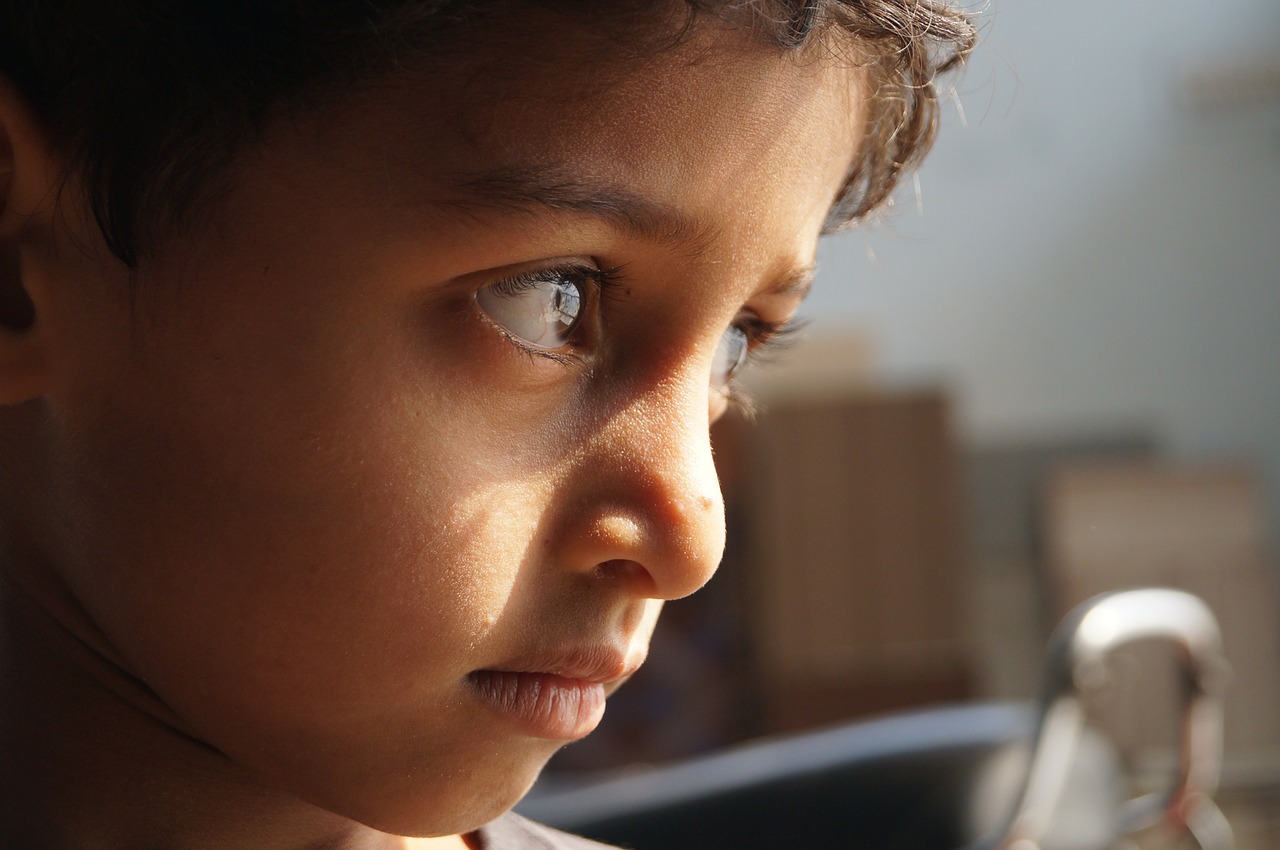Fear Reaction to Displeasing the Alienating Parent, this fourth criteria is really the engine that runs the entire dynamic of Parental Alienation.
This is a fourth in a series of four articles about the criterion for Parental Alienation. The information in this blog was derived from an article that was published in the Florida Bar Journal in 1999. Since that time, even more information has surfaced regarding Parental Alienation.
Of the four criteria for Parental Alienation (PA), this one is the most psychologically based one. That is, the first one was mostly behavioral, the second one was mostly strategic and the third one was psychological and the result of the first two.
The fourth criteria is focused and located within the relationship between the alienating parent and the alienated child.
In various places in his writings, Richard Gardner, MD, stated that the entire parental alienation dynamic was “fear based.” What he meant – and the basis of this criterion – is basically that the alienated child is driven to the distorted behavior that we describe as “alienated” due to a fear of displeasing the alienating parent.
We must keep in mind that very often, if not always, these alienated children have essentially already lost one parent through access and visitation blocking (Criterion One), and false abuse allegations against the targeted parent (Criterion Two), which results in the denigration of that child’s relationship with their once loved parent (Criterion Three). This tremendous loss then fuels that child’s dependence on their only remaining parent, the alienating one. This makes them cling desperately to that parent.
Very often, we will hear of instances where an alienated child is acting out some claim that they do not want to see the targeted parent, and are becoming agitated and upset in making this claim. Within this context, if the child truly did not want to see that other parent for legitimate reasons, that the remaining parent would have no reason to express anger at the child. However, in cases of parental alienation, we often get a glimpse of that alienating parent flash a momentary angry glance at the child, as if to say, “you had better convince anyone watching that you do not want to go, or else.” Then that parent will resume the posture of shoulder shrugging and puzzlement as if to say, “I do not know why they won’t go. I wish that they would.”
This brief flash of anger is often not clearly seen, as it is brief, subtle and transitory, however it is well understood by the alienated child.
Years ago, when this article was written, this criterion was described primarily as being fear based, and we believe that it still very much is. However, since then, we have also become aware that, while at its core it is still very much fear based, that it can also wear a mask of protectiveness.
That is, we also see this criterion expressed as the alienating child being put in a position to have to take care of the alienating parent on an emotional basis. When this is present, the child is held hostage not only by a fear of abandonment from displeasing the alienating parent, but also by a feeling of guilt if they do not take care of them emotionally.
These two emotional states, fear and guilt are essentially two sides of the same coin of enmeshment. The enmeshed relationship that is known to exist between the alienating parent and the child, is the wellspring that produces both of these emotional burdens for the child.
When we recall that the nature of good and healthy parenting is to produce children who are self reliant and independent, we can clearly see that its opposite is that of the alienating parent, who generates messages to their alienated children that it is their job to not be their own person, but rather to be the person that the alienating parent wants them to be.
As we see over and over again, these children are actually penalized, punished and abandoned if they become independent and think for and take care of themselves. We have read many a mis-guided and ill informed custody evaluation where the seriously enmeshed relationship between the alienated child and the alienating parent is described as being “very close” implying that this kind of closeness is healthy.
In actuality, this kind of enmeshed “closeness” is far from healthy and is actually stunting and crippling, anything but healthy.
However, if the evaluator does not know to dig into the quality of the attachment between this parent and child, this imprisoning “closeness” may appear to be simply close and healthy, when it is its opposite. That, however is the topic of another discussion.
Suffice it to say, the enmeshed relationship that is insisted upon by the alienating parent, maintained by fear and/or guilt, serves to keep the child under the control of the alienating parent, much like the puppeteer is to the puppet. These strings of fear and guilt actually hold the child back from being who they can be.
This is the greatest tragedy of parental alienation, which is the essence of child abuse. We welcome comments below on your experience with this phenomenon, and hope that this information is of some help.
Let us know if you would like to be added to our directory of Parental Alienation Attorney’s.

